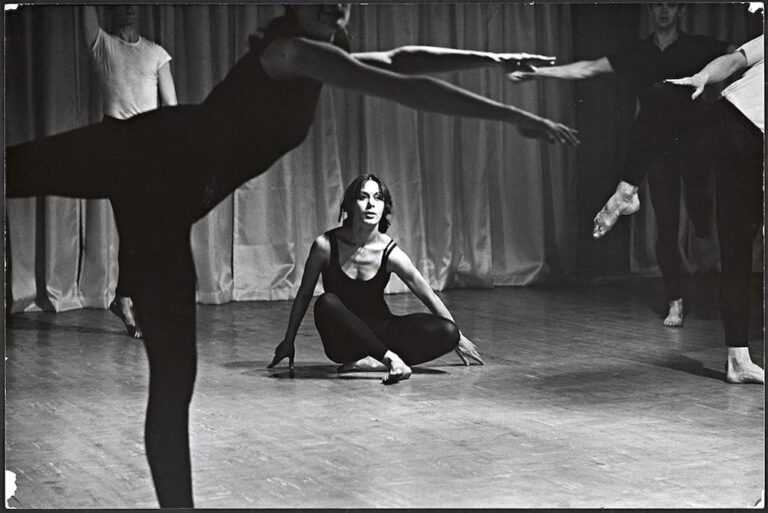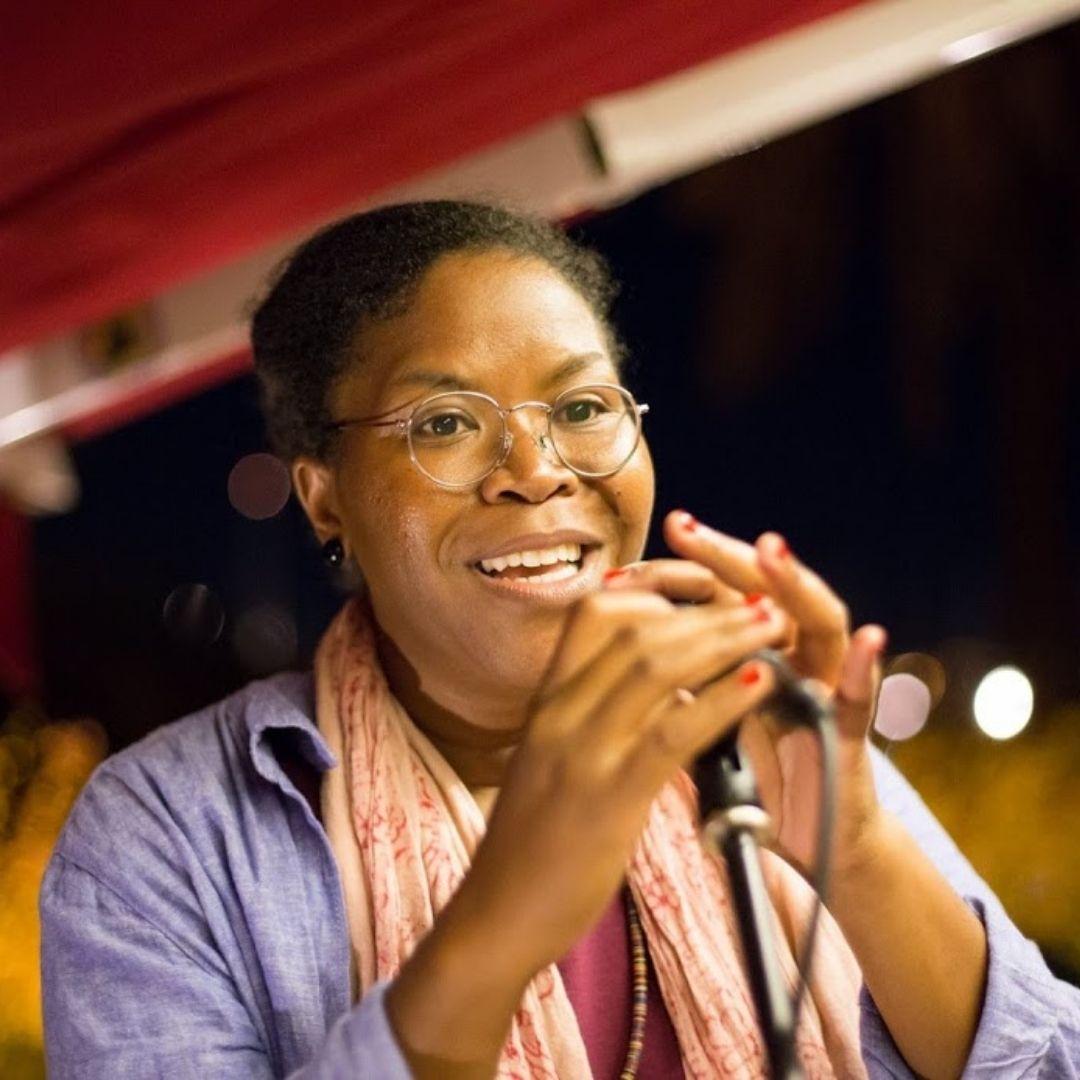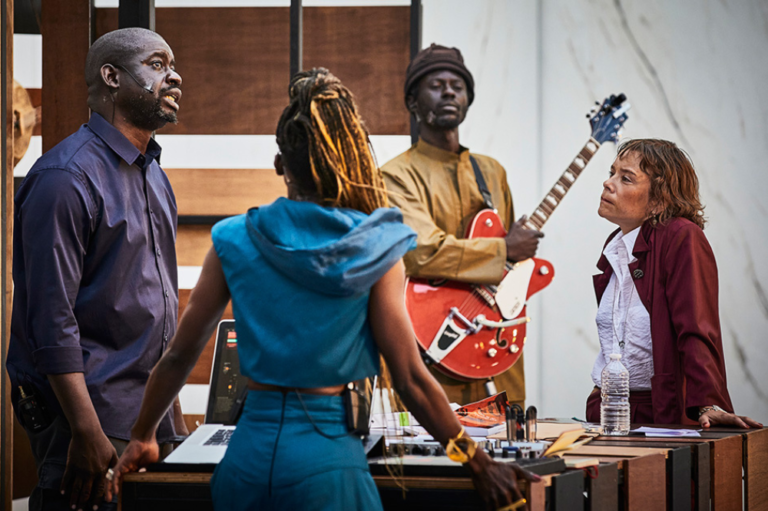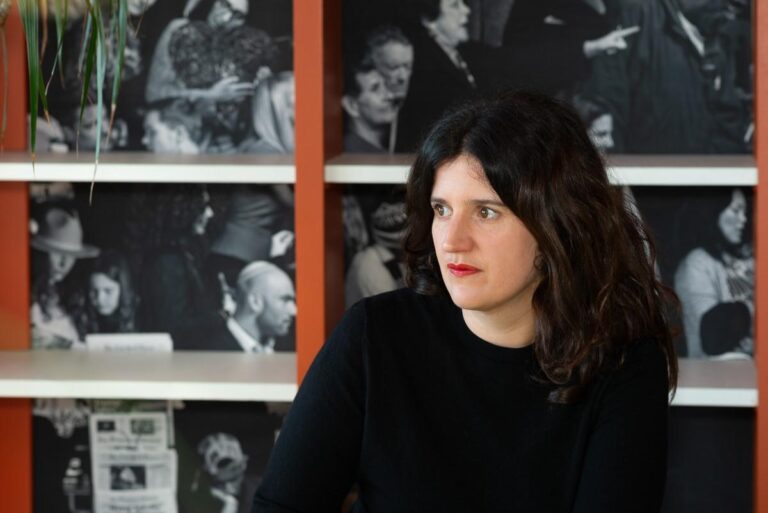
Simone Lagrand: Exploring the Littoralization of Speech

Aucepika
By Raphaël Bourgois
“What would happen if we could learn something from a space other than our own, as if another narrative were possible, as if we could tell the story differently, even divert it from its goal, its destiny?” The poet, slammer, pawolèz Simone Lagrand, is leaving for a residency in Miami, seeking signs of another possible narrative of our bleak climate future.
Simone Lagrand has a deep relationship with orality, through her practice as a poet and slammer, she made her first steps on stage in Paris, but also through her Martinique origins and the link with her oral culture. Convinced of the power of words and storytelling, she sets out on a multifaceted quest, on the traces of a common coastal sensitivity between Miami and Martinique; of a crossed history marked by slavery; of a shared territory, which faces the consequences of pollution and global warming.
You define yourself as a “paroleuse” (“wordsmith”). What do you mean by that term, which you prefer to poetess, storyteller or slam artist?
My role as a paroleuse came about out of necessity. I began on the slam scene, which I discovered in Paris around 2005. But as I’m also Martinican, I’ve inherited a very strong oral tradition, which I cultivate through storytelling in particular. Moreover, when I’m in Martinique it doesn’t really seem appropriate to transfer a style such as slam, with its specific urban connotations, to a West Indian context. This dual filiation meant that I could never find my place. For slam artists, I was too poetic; for storytellers, I was too much of a slam artist–and poets didn’t know how to define me! I managed to solve the dilemma when I read what a great Martinican author, Patrick Chamoiseau, wrote about the “marqueurs de paroles” (“word markers”), who are at the crossroads of oral and written traditions. As nobody wanted me in their team, I decided to create my own team, to be a “paroleuse”. I thought that suited me well, and the term has spread to Martinique, which suits me fine. I generally use the Creole form, “pawolèz,” because Creole is really important to me, even though I’m obviously still very Francophile.
But there is an artistic movement that lies between slam and poetry, and that is spoken word, which is well established in the US. Could it encompass your practice?
Spoken word, which I also use a lot, is linked to music. But I don’t always use a musical accompaniment. I really needed to come up with something else. And I wanted to make my “creoleness” part of my practice. There is probably an element of Martinican chauvinism to that, which I’m OK with: spoken word is an American art form, music and poetry come from somewhere else, and so does slam. “Pawol” is home, it’s mine, and it sounds pretty good. In fact it’s rather French to insist on adding definition to a definition, and so I did! We talk a lot about intersectionality; I think Pawol is truly at the intersection of all those practices because it combines the territories of the language itself with Creole, which is totally permeable to French. It also conjures up the age-old tradition of storytelling. Its musicality sometimes leads it toward spoken word, even though the musicality is rooted in the rhythms of speech, of Creole. Ultimately, I think it’s very modern to talk about Pawol today.
Your residency is in Miami, in a territory that faces the Caribbean. Was it important for you to be in that particular place?
It has always interested me. I think it’s linked to the proximity people in Martinique feel with Haiti, and everything Haiti calls to mind. I’ve never been to the United States, but I though of Miami as a sort of melting pot of Spanish, Creole, and English. A land of refuge, in a sense, where different cultures can express themselves, and a place which has a special relationship with the sea. An urban legend has been circulating for a while now in Martinique about the tigerfish, which I found fascinating and stored in a corner of my mind. The story goes that the tigerfish (which was not found on our coasts) arrived in Martinique with Hurricane Katrina, and started to invade our seas and kill our endemic species. Again, I don’t know if it’s scientifically proven, but I’ve always found it interesting. My residency will also give me an opportunity to find out about that fish, and maybe to write a graphic novel about it if I have time during the six weeks it lasts.
The environment is central to your residency. Apart from the tigerfish story, are you interested in other aspects of the Miami-Martinique connection?
In my approach to poetry, I have always endeavored to link it to reality, to the everyday, to real lives and living things. That’s why I have worked a lot on the notion of littoralization—especially of words (through Creole, which is under attack from English), but also of the landscape. I want to find a way of connecting them. Another aspect that interests me is the mangrove, which is protected in Miami but totally engulfed by concrete in Martinique. What can these different territorial realities teach me about that natural monument? It might seem far removed from the subject, but there’s a dual reality that I find striking: in a place that contains the Everglades, where slaves were once fed to the alligators, there is also an ecological monument in need of protection. At the same time, in Martinique, there is a lot of debate about other monuments: the statues that evoke the history of colonization, slavery, and the plantations, and whether or not they should be taken down. The way those two different historical and geographical realities have come together, with their similarities and differences, really captured my attention.
I realize I’m branching out in a lot of different directions, but let’s say I’m guided today by three main lines of thought: the coastline; the mangrove as an ecological monument; and the future—which particularly interests me, as I come from a culture that is deeply rooted in an oppressive past. Nonetheless, I want to look to the future—not in order to renounce the contemporary world and the issues of the present or past, but to question what the future might look like.
So a future is still possible, you’re not totally pessimistic…
I’m interested in the counterfactual approach, the “What if?” Since we’re discussing the environment, in Martinique there is a major issue around Chlordecone pollution. It’s everywhere; people no longer eat locally grown food because they’re afraid of being poisoned. But what would happen if we acted “as if”? Not as if it didn’t exist, but as if there were hope for the future. As if we could learn something from a space other than our own, as if another narrative were possible, as if we could tell the story differently, even divert it from its goal, its destiny? Like a sort of alternate reality, that I want to explore. I also want to step outside my comfort zone because although I write poetry, anticipatory fiction is beginning to dominate my thinking. I want to come to the US—especially to Miami where you have this rather strange space, a sort of seafront attacked by cyclones and pollution, but where you also have the Keys. I believe it is possible to establish a dialogue with that particular nature. I have scheduled meetings with scientists and researchers. I have no idea where that will lead me, but I cling to the hope of a form of serendipity.
You don’t know what the outcome of your immersion in Miami will be, but what is certain is that it will have to do with words. Do you believe in the performative power of language, its ability to influence reality?
We tend to underestimate the power of words. I don’t mean that in a mystical way, but in concrete terms, rooted in reality. My project is called Tarot Littoral, because I’m really very interested in the tarot deck used by Surrealist, and by the poetic divination proposed during World War II. There is really something to be sought in the signs and propositions given us by nature, and I’m convinced we don’t look closely enough. Otherwise, we would realize what needs to be done. The culture of my origins allows plenty of room for signs, but it doesn’t exploit them enough. So I want to go and see how we can give more of a say to nature, observe it, and use our poetry as a lookout.
The idea is not to predict the future. In any case, it’s pretty much written: we’ve messed everything up and continue to do so. But I’m really interested in this game of riddles, signs, decoding. Those are the key words, the hashtags of my exploration, along with pollution, interpretation, and language. Yes, there is a movement called Collapsology; yes, we are in danger of collapsing… so what do we do? Do we drown in our own tears, or do we try to introduce a little vitality? I want to remind everyone that we have power.
So I’ve focused on words, which I wanted to put front and center. Style wasn’t really a problem; we already have the rhythm of slam in Martinique, so in that respect there wasn’t a new subject or new territories to explore. On the other hand, I felt the need to aim for an ecological conviction and commitment, individually or collectively, for something greater than ourselves, in accordance with the spirit of Villa Albertine.
Simone Lagrand stayed in Miami for her Villa Albertine residency, co-curated with Art Explora.


